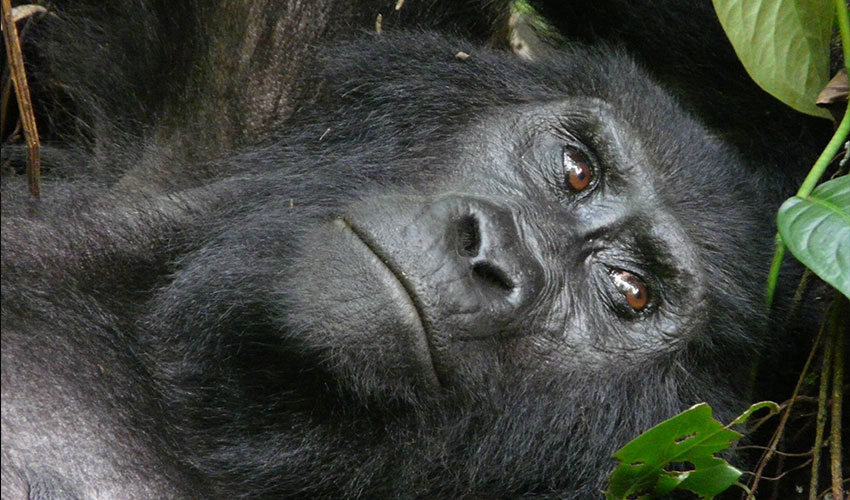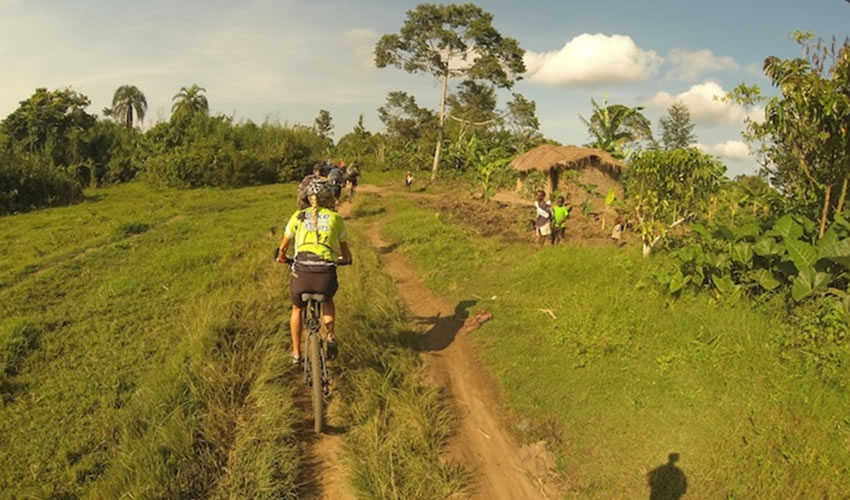Easiest gorilla family to track in Rwanda; Tracking gorilla families in Rwanda is a captivating…
Where to see Rhinos in Rwanda on a safari
Where to see Rhinos in Rwanda, often referred to as the “Land of a Thousand Hills,” is a country known for its stunning landscapes, abundant wildlife, and remarkable conservation efforts. Among its many conservation success stories is the return of rhinoceros to its pristine wilderness. Rwanda is renowned for its lush national parks and wildlife-rich habitats. When it comes to rhinoceros, there are two distinct species to be found in the country. The Eastern Black Rhino and the White Rhino
National Parks Where to see Rhinos in Rwanda
Akagera National Park, located in the eastern part of Rwanda, is a remarkable haven for rhinos. This park is a success story in itself, having faced severe habitat degradation and wildlife depletion during the Rwandan Civil War. The re-introduction of rhinoceros in Akagera has been a significant milestone in the park’s restoration. Today, the park houses a population of Eastern Black Rhinos, which can be observed during guided safaris.
The park offers visitors an authentic African experience with a backdrop of lush savannah, meandering rivers, and a variety of other species like elephants, lions, leopards, and various antelopes. Volcanoes National Park is renowned for its mountain gorilla conservation efforts, but it’s also home to a smaller population of the critically endangered Eastern Black Rhino. Though sightings are far less frequent than in Akagera, they are possible, especially during hikes and treks to see the mountain gorillas. This is an excellent opportunity for those passionate about wildlife to catch a glimpse of these elusive creatures in their natural habitat.
Conservation Efforts. The return of rhinoceros to Rwanda is a result of dedicated conservation efforts. Poaching, habitat loss, and political instability have all posed significant threats to these majestic creatures in the past. In response, Rwanda has undertaken several measures to ensure their survival and Conservation in Rwanda is not just about protecting wildlife; it also involves the local communities. Engaging local communities in conservation initiatives helps create a sense of ownership and responsibility for the protection of these animals. Additionally, it provides economic opportunities through ecotourism, which can benefit both the communities and the conservation efforts.
In conclusion, Rwanda has emerged as a beacon of hope for rhino conservation in East Africa. The successful re-introduction of these magnificent creatures into the wild and their protection within the country’s national parks is a testament to Rwanda’s commitment to preserving its biodiversity. Akagera National Park and Volcanoes National Park are two primary locations to witness the beauty of rhinos in their natural habitats, while conservation initiatives provide a robust framework for their continued survival.
Rwanda’s conservation efforts should inspire the world to protect and preserve the planet’s unique and endangered species. The story of rhinos in Rwanda is not only a reflection of the country’s resilience but also a reminder of the difference that determined conservation efforts can make in the face of environmental challenges.



